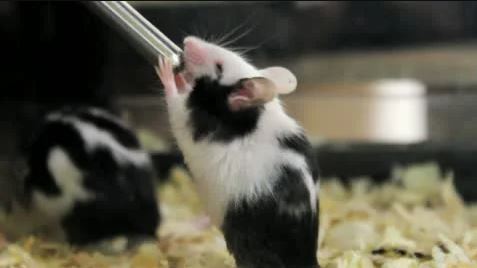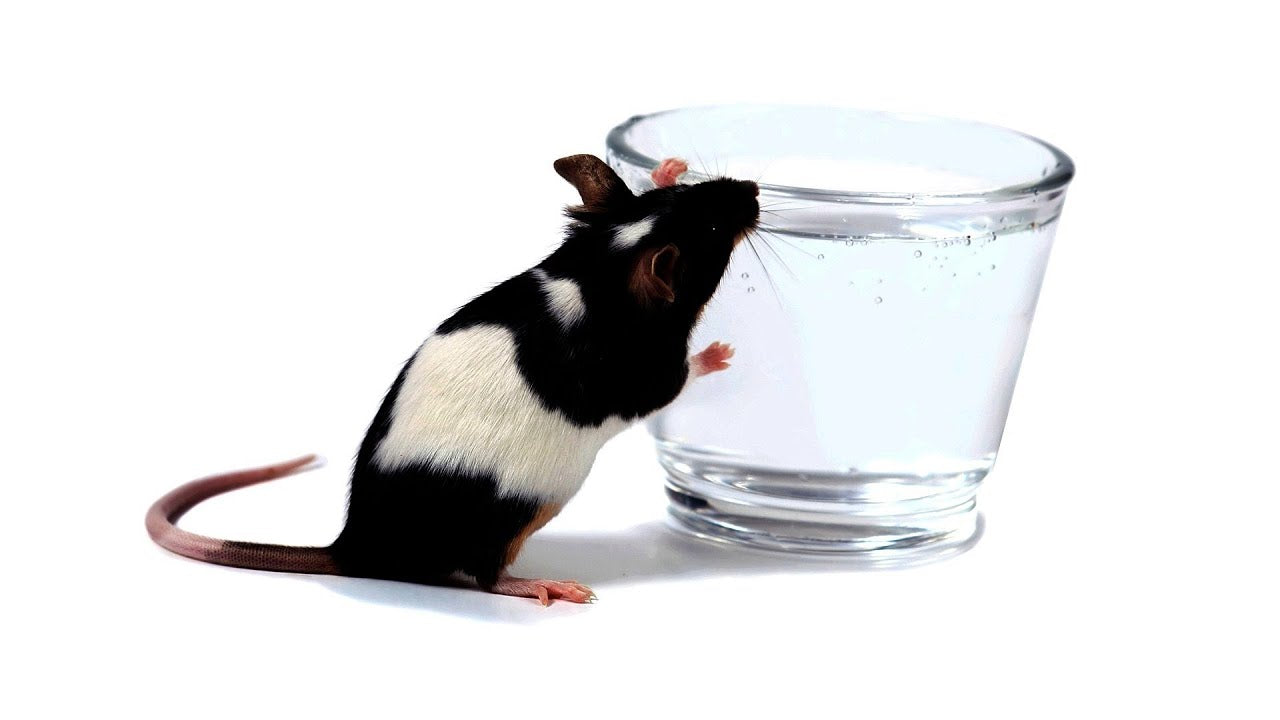Shipment and Transportation
Animals are transported for research all over the world, either from a vendor to a research site to bring animals for studies, or between research facilities for collaborative work. Transported research animals vary greatly in size from small rodents to large mammals, and in age from neonates to adults. Because of their larger skin area and high respiration rate, smaller animals such as rodents, evaporate more water and lose more heat per unit of body weight than larger animals, and can thus become dehydrated more quickly (1). A source of water is required during transportation, for at least twice the expected journey time (2).
ClearH2O's pouches of HydroGel® , DietGel® Recovery and LabGel® Banana are suitable for all species! We recommend to slice an “X” into the pouch, or remove a flap completely, to allow better access to the gel by the animals, before placing in the shipping box or crate.

Check out our Hydration webpage and REQUEST YOUR SAMPLE TODAY
Study Driven Water Restriction
Water restriction is often used in biomedical and behavioral research, and is designed to produce a physiologic effect that can be used to study fluid homeostasis, or produce a need to a motivational stimulus to perform a behavioral task (3). Water can either be reduced to a specific amount each day, or a specific period of time during the day. The optimal point where the desired experimental effect is obtained but where the animal distress is minimized must be determined by the researcher. The animals' health and behavior must be closely monitored throughout the experiment.
Diarrhea as a Cause of Mortality
Diarrhea is a complex syndrome caused by a number of factors. Some environmental conditions are associated with diarrhea such as crowding, poor sanitation, improper nutrition, variable temperatures, too low or too high humidity and inadequate ventilation, etc. (4) Some viral or bacterial infections can also be to blame such as Citrobacter rodentium infection (5), Rotavirus (6) or Norovirus (7). In non-human primates, diarrhea is a very common issue, and is the leading cause of mortality in captive macaque breeding colonies. Treatments include fluid therapy, electrolyte and vitamin supplementation, antibiotics, prebiotics, probiotics, and absorbents (e.g., bismuth).
Physiological Signs of Dehydration in Mice
Technicians and animal care-takers are trained to recognize dehydration signs and provide an appropriate hydration source. Severe dehydration in mice include obvious symptoms: mice appear weak, have trouble griping the cage rack with their front paws and look paralyzed in their rear legs. They have sunken eyes and fuzzy fur (8). Hands-on physical examination provides an assessment of the animal’s hydration: to assess skin turgor, gently pinch the skin over the shoulder blades, pull upward, and release. In well-hydrated animals, the skin returns to the original position almost immediately. In dehydrated animals, the skin takes much longer to return, or remains bunched up (9).
 Turgor positive mouse - Image from (10)
Turgor positive mouse - Image from (10)
A 2 oz. cup of ClearH2O HydroGel® or DietGel® Recovery is a very convenient format for supplying hydration to a rodent cage. It can help a dehydrated mouse recover fluids and replenish electrolytes.
References:
Check out our Hydration blog series
(1) Good Practices in the Transportation of Research Animals
(2) Guidance on the transport of laboratory animals
(3) Dehydration Parameters and Standards for Laboratory Mice
(4) Infectious Diseases
(5) Diarrhea as a cause of mortality in a mouse model of infectious colitis
(6) CRL technical sheet - Mouse Rotavirus
(7) Norovirus infection causes acute self-resolving diarrhea in wild-type neonatal mice
(8) Health Evaluation of Experimental Laboratory Mice
(9) Basic Techniques in Rodent Medicine
(10) Humane Endpoints




Leave a comment
All comments are moderated before being published.
This site is protected by hCaptcha and the hCaptcha Privacy Policy and Terms of Service apply.